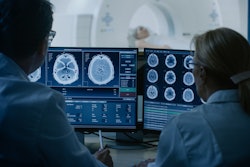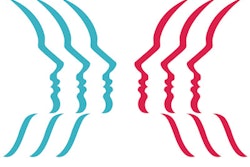Wednesday, November 30 | 12:15 p.m.-12:45 p.m. | IN242-SD-WEA3 | Lakeside, IN Community, Station 3
In this poster presentation, a study team will show how deep-learning techniques can be used to fully segment and label disease regions on images that have only been partially annotated.To train an intelligent computerized system for detecting specific image patterns related to certain diseases, it's important to have a large set of "labeled" image data -- containing segmentation of disease regions along with an explicit label for the disease, according to co-author Ziyue Xu, PhD, of the U.S. National Institutes of Health (NIH) Clinical Center.
"However, the labeling work is labor-intensive and often beyond clinical routine," Xu told AuntMinnie.com. "In addition, medical image datasets require expert knowledge for annotation. ... Therefore, incomplete labeling is a common issue for medical images."
As a result, the NIH group sought to design a system that could automatically generate additional labeled data based on existing knowledge on the image -- that is, achieving fully labeled data with less than 15% of existing manual annotations, he said.
The team's method uses image features from the incomplete manual annotations to propagate labels for unlabeled regions. This is accomplished via a deep convolutional neural network (CNN) and conditional random field (CRF) algorithms to predict the label of each unannotated pixel.
"CNN catches the standalone feature pertaining to a certain disease, while CRF captures the local correlation between labeled and unlabeled areas within the same image," Xu said.
After evaluating the technique on a dataset of partial interstitial lung disease annotations, the researchers found that it increased the number of image labels by almost eight times and did so with high accuracy.
"Moreover, it labeled all patterns occurring on a single image slice beyond the only one label from the original annotation," Xu said. "Therefore, this method can augment partial annotations to fit the need of robust supervised learning."




















